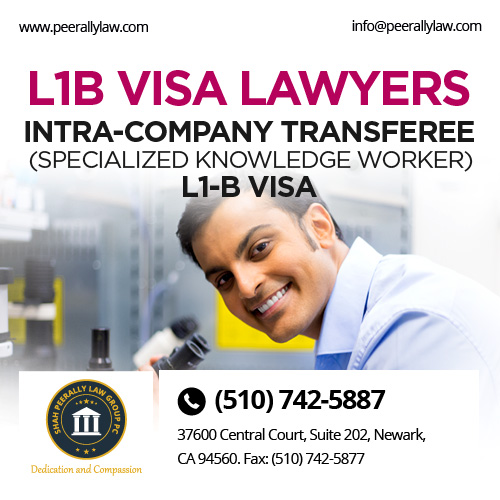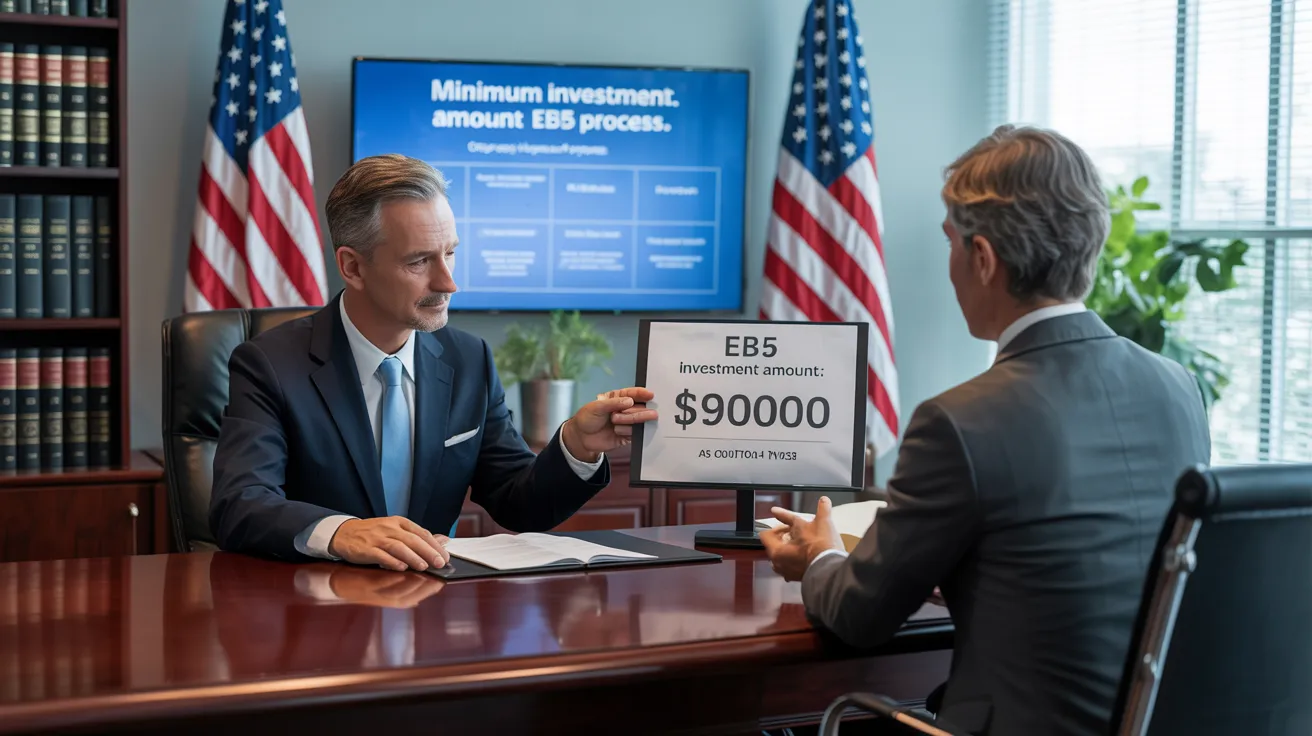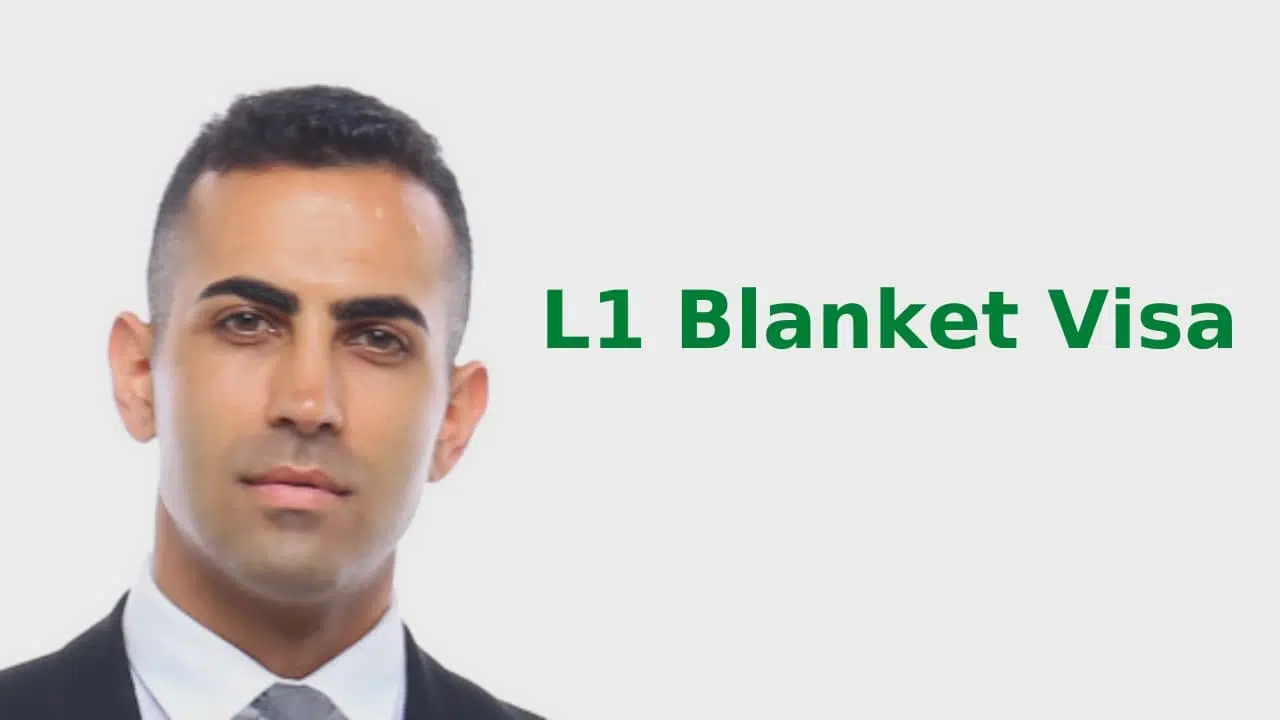L1 Visa Explained
Wiki Article
L1 Visa Fundamentals Explained
Table of ContentsHow L1 Visa can Save You Time, Stress, and Money.The smart Trick of L1 Visa That Nobody is DiscussingThe Facts About L1 Visa UncoveredThe Ultimate Guide To L1 VisaL1 Visa Can Be Fun For EveryoneSome Known Questions About L1 Visa.
Available from ProQuest Dissertations & Theses Worldwide; Social Scientific Research Costs Collection. DHS Workplace of the Inspector General. Recovered 2023-03-26.
U.S. Department of State. Fetched 2023-02-08. Tamen, Joan Fleischer (August 10, 2013).
A Biased View of L1 Visa
In order to be eligible for the L-1 visa, the foreign company abroad where the Beneficiary was employed and the U.S. company need to have a certifying relationship at the time of the transfer. The different types of qualifying connections are: 1.
Firm A has 100% of the shares of Firm B.Company A is the Moms And Dad and Firm B is a subsidiary. There is a qualifying relationship in between the 2 business and Company B ought to be able to sponsor the Recipient.
Instance 2: Business A is integrated in the U - L1 Visa.S. and intends to petition the Recipient. Business B is incorporated in Indonesia and uses the Recipient. Company An owns 40% of Firm B. The continuing to be 60% is possessed and managed by Company C, which has no relation to Firm A.Since Business A and B do not have a parent-subsidiary relationship, Firm A can not fund the Recipient for L-1.
Example 3: Firm A is integrated in the U.S. and wishes to request the Recipient. Business B is integrated in Indonesia and employs the Recipient. Company A possesses 40% of Company B. The continuing to be 60% is owned by Firm C, which has no connection to Firm A. Nevertheless, Firm A, by formal arrangement, controls and full takes care of Company B.Since Business An owns much less than 50% of Company B yet handles and manages the firm, there is a qualifying parent-subsidiary connection and Firm A can sponsor the Beneficiary for L-1.
Some Known Details About L1 Visa
Firm B is included in the U.S.L1 Visa - Truths

The L-1 visa is an employment-based visa classification established by Congress in 1970, enabling multinational business to transfer their supervisors, execs, or crucial workers to their U.S. operations. It read more is typically referred to as the intracompany transferee visa.

Additionally, the beneficiary must have functioned in a supervisory, exec, or specialized worker setting for one year within the three years preceding the L-1A application in the international company. For brand-new office applications, international employment must have remained in a supervisory or executive ability if the beneficiary is pertaining to the USA to function as a supervisor or exec.
A Biased View of L1 Visa

If granted for an U.S. company functional for more than one year, the initial L-1B visa is for approximately three years and can be prolonged for an additional 2 years (L1 Visa). Alternatively, if the U.S. firm is newly established or has been operational for less than one year, the first L-1B visa is released for one year, with extensions readily available in two-year increments
The L-1 visa is an employment-based visa category developed by Congress in 1970, enabling multinational companies to move their supervisors, executives, or key employees to their united state operations. It is typically referred to as the intracompany transferee visa. There are 2 primary types of L-1 visas: L-1A and L-1B. These types are suitable for employees hired in different positions within a company.
L1 Visa Can Be Fun For Everyone
In addition, the beneficiary needs to have operated in a managerial, exec, or specialized worker placement for one year within the three years coming before the L-1A application in the foreign business. For new workplace applications, foreign work has to have remained in a supervisory or executive capacity if the beneficiary is involving the USA to function as a supervisor or executive.for as much as 7 years to L1 Visa requirements manage the operations of the U.S. associate as an exec or manager. If provided for a united state firm that has been operational for greater than one year, the L-1A visa is at first approved for approximately three years and can be expanded in two-year increments.
If provided for a united state firm functional for more than one year, the initial L-1B visa is for as much as three years and can be prolonged for an added 2 years. On the other hand, if the united state firm is freshly developed or has been operational for much less than one year, the initial L-1B visa is provided for one year, with extensions offered in L1 Visa requirements two-year increments.
Report this wiki page